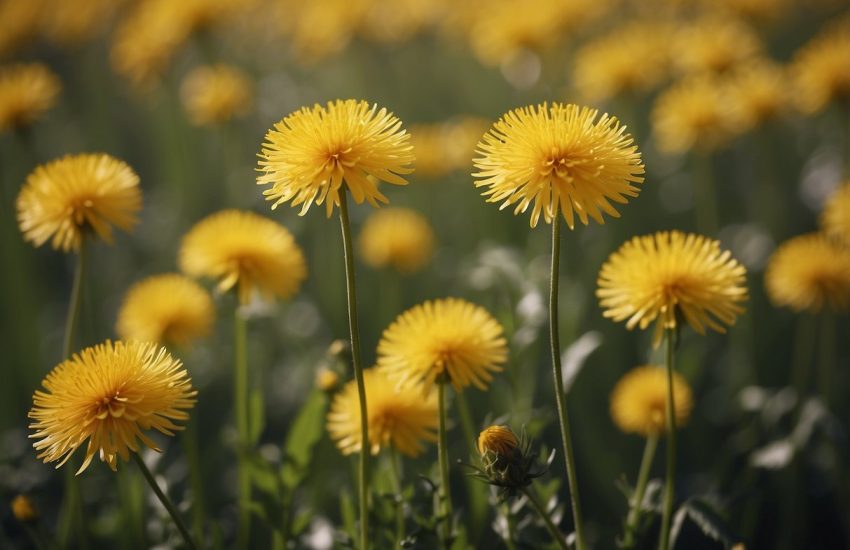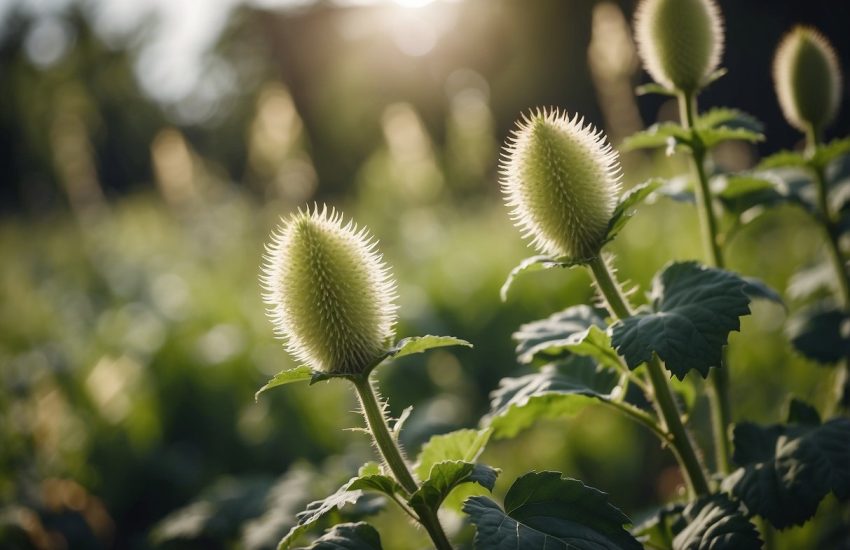How to Grow Mint Cuttings: A Step-by-Step Guide
Mint is a popular herb that is widely used in cooking, teas, and aromatherapy. It is easy to grow and propagate, making it a great addition to any garden or indoor space. Growing mint from cuttings is a simple and cost-effective way to expand your mint collection or start a new one.

To grow mint from cuttings, you will need a healthy and mature mint plant, a pair of sharp scissors or pruning shears, a container with well-draining soil, and water. It is important to choose a healthy and mature plant as this will increase the chances of success. Mint plants that are at least six inches tall and have several sets of leaves are ideal for taking cuttings.
In this article, we will guide you through the process of growing mint from cuttings. From selecting the right plant to caring for your new cuttings, we will provide you with all the information you need to successfully grow your own mint plants. Whether you are a seasoned gardener or a beginner, this guide will equip you with the knowledge and skills to propagate mint with ease.
Preparing Mint Cuttings
Selecting Healthy Mint Stems
Before starting the process of growing mint cuttings, it is important to select healthy stems. Healthy stems have bright green leaves and are free from any signs of disease or insect damage. It is recommended to choose stems that are at least 3-4 inches long.
Cutting and Initial Treatment
Once the healthy stems have been selected, the next step is to cut them from the plant. It is important to use sharp scissors or pruning shears to make a clean cut. The cut should be made just below a leaf node, which is the point where a leaf grows from the stem.
After cutting the stems, remove the leaves from the bottom 2 inches of the stem. This will allow the stem to focus its energy on growing roots instead of supporting leaves. If the remaining leaves are large, it may be helpful to trim them down to reduce water loss.
To encourage root growth, it is recommended to use a rooting hormone. Dip the cut end of the stem into the hormone, making sure to cover the bottom 2 inches of the stem. Tap off any excess hormone and plant the stem in a pot filled with moist potting soil.
By following these steps, you can prepare healthy mint cuttings for successful growth.
Rooting and Planting Mint Cuttings
Rooting in Water or Soil
To propagate mint, cuttings are the best option. The cuttings should be taken from healthy, mature plants. Cut a stem that is about 4-6 inches long and remove the leaves from the bottom half of the stem. The remaining leaves should be trimmed to reduce water loss. The cutting should be placed in a container of water or soil. If you choose water, make sure to change the water every few days to prevent bacteria growth. If you choose soil, make sure it is moist but not waterlogged.
Transplanting to Pots or Garden
Once the roots have developed, the mint cuttings can be transplanted to pots or containers. The container should have a drainage hole to prevent waterlogging. Small pots are recommended for mint cuttings, as the root system is not very extensive. Potting soil with good drainage is the best option for planting mint cuttings. The soil should be moist but not waterlogged.
Mint plants prefer full sun, but they can also grow in partial shade. When planting mint cuttings, make sure to leave enough space between the plants to allow for new growth. If planting in a garden, make sure to leave at least 18 inches between each plant.
Transplant shock can occur when moving plants from water to soil or from indoors to outdoors. To prevent this, gradually acclimate the mint cuttings to their new environment. Start by placing them in a shaded area for a few hours each day, gradually increasing the amount of sun exposure.
In conclusion, rooting and planting mint cuttings is an easy and effective way to propagate new plants. With proper care and attention, mint cuttings can quickly grow into healthy, new plants.


